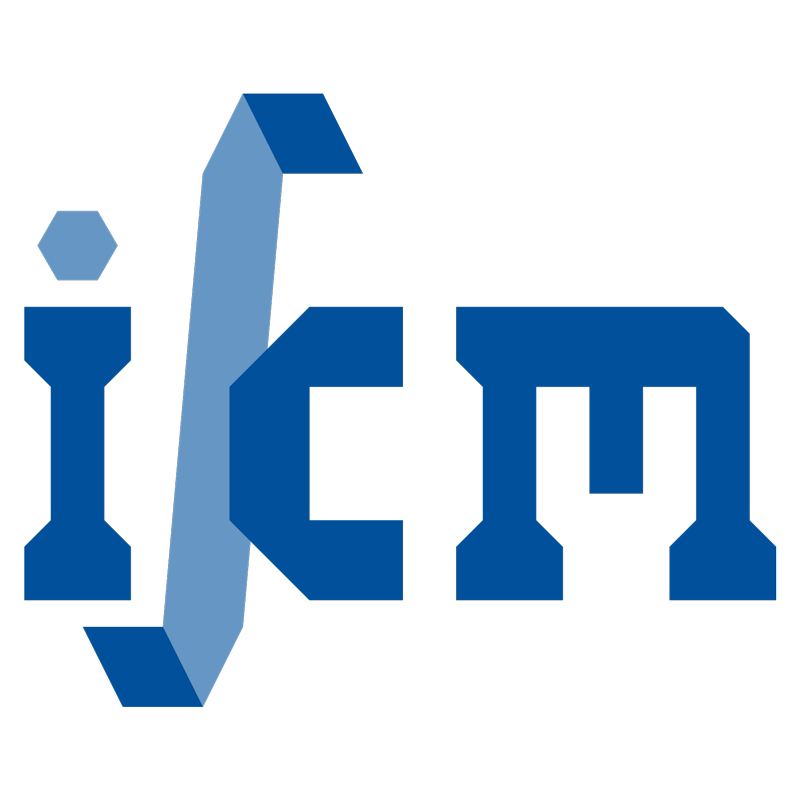Delamination onset and growth in composite shells
- verfasst von
- Saleh Yazdani, Wilhelm J.H. Rust, Peter Wriggers
- Abstract
In this paper an efficient numerical tool is proposed to investigate delamination type failure in multi-layered composite shells. In the current contribution the extended finite element method (XFEM), the mixed-mode cohesive zone model, the contact formulation, and the damage criterion are incorporated into a new algorithm to study the interfacial delamination initiation and growth with less computational effort. A flat-shell formulation is developed in the geometrically non-linear regime to study the response of shells in small strains and moderate rotations. In addition, the equivalent single layer theory (ESLT) is applied to simulate the multi-layered laminates. This formulation is enhanced through the XFEM topology to be able to model discontinuous domains and a mixed-mode bilinear cohesive formulation to track the delamination growth. In the current study, the simulation can be initiated in an intact laminate. Thus, unlike formulations in existing finite element models, incorporating cohesive zone model at all available interfaces is not necessary. The interlaminar stresses are calculated during post-processing and they are being used in the delamination onset criterion. As soon as the criterion is satisfied at a specific layer and location, the formulation of that corresponding element is locally changed to XFEM and the cohesive behaviour. Consequently, the possibility to track delamination growth is locally provided; and hence, the computational cost is reduced.
- Organisationseinheit(en)
-
Institut für Kontinuumsmechanik
- Externe Organisation(en)
-
Hochschule Hannover (HsH)
- Typ
- Artikel
- Journal
- Computers and Structures
- Band
- 195
- Seiten
- 1-15
- Anzahl der Seiten
- 15
- ISSN
- 0045-7949
- Publikationsdatum
- 04.10.2017
- Publikationsstatus
- Veröffentlicht
- Peer-reviewed
- Ja
- ASJC Scopus Sachgebiete
- Tief- und Ingenieurbau, Modellierung und Simulation, Allgemeine Materialwissenschaften, Maschinenbau, Angewandte Informatik
- Elektronische Version(en)
-
https://doi.org/10.1016/j.compstruc.2017.09.007 (Zugang:
Geschlossen)


